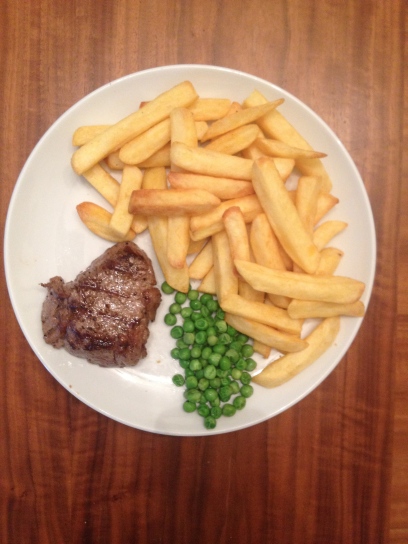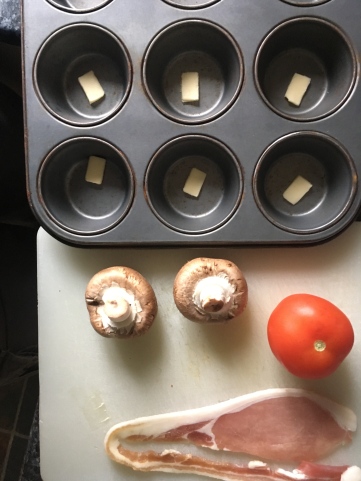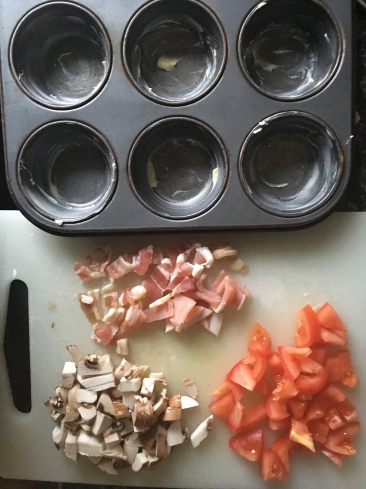Of all the aspects of triathlon training, the indoor trainer, turbo, flywheel (whatever you use) is perhaps the most maligned.
I rarely hear athletes criticising its effectiveness as a training tool but the mention of an indoor trainer session is most often accompanied with moans and groans of dread – the boredom, the monotony, the heat, the profuse sweating, the reasons go on.
Those that face the inevitability of pedalling their bike indoors, frequently set themselves up with a dedicated indoor training set-up. Perhaps it’s an old winter bike permanently set up on a resistance wheel, surrounded by audio visual technology, often in a garage, basement, or never-otherwise-used spare room? The Pain Cave.
While not being a uniquely male domain, the label does give it a distinctly masculine overtone. A place of torment and punishment, representative of an ultimate submission of will to the demands of the training schedule. “I don’t want to do it but I have to. I shall enter the Pain Cave!”
Is this a coach’s dream? An athlete who’s prepared to withstand the suffering for successful delivery of the planned session? The triathlete warrior going into battle one more time…?
All too often the reality is significantly different. Some use their carefully arranged plethora of audio-visual stimulation not to enhance their focus on intensity or to maintain tempo to within 2 RPM but as a simple distraction from the task at hand, to pass the time.
How often have you heard someone describe their training session as “two episodes of Friends” or that they had “watched Gladiator”? Losing your sense of time while turning the pedals sounds like a good idea to get you through the session when in fact all its delivering is indoor junk mileage – without the benefits of fresh air and birdsong!
When I’m on the trainer, I’m in silence other than rhythmic breath, the turning of gears and the whirring resistance against the wheel. My thoughts are on the time – every minute of it, looking for the next change of tempo or intensity. Sometimes it hurts. I focus on the hurt. I try to pedal more smoothly and that usually alleviates the pain, for a while at least. As you ache and sweat and search for the end of that phase or the blessed beginning of the cool down, think about this – Your ‘A’ race.
Now is the time to make a difference. When you were last in a race, struggling to hold your average pace, did it make you wish you’d trained with a little more focus, or did you think back happily to how much you’d enjoyed the box set of Homeland?
Don’t get me wrong, audio visual support is great if it’s used in the right way but not if it has you in the wrong HR zone for your training session aims. My coaching tutor and winner of Triathlon 220 magazine’s coach of the year Simon Ward, at The Triathlon Coach is a huge proponent of virtual reality rides linked to the Computrainer. Having seen that in action, I am a big fan too, though I haven’t yet made the investment.
If you prefer a low-tech approach and to ride to feel, using Rate of Perceived Exertion (RPE), taking a few minutes of counting pedal strokes with a stopwatch to establish the feel of 60, 90, 100 and 120RPM will allow you to deliver the appropriate cadence pretty quickly and fairly sophisticated session plans can still be executed without supporting technology.
If you would like a little more focus to your indoor training, look out for my upcoming blogs, which will include session plans written specifically for bridging the off-season, general preparation, specific preparation, pre-competition and competition phases of your season.
However you prefer to train, I’d urge you to focus on the quality of your training session, not the award winning performance on screen.
Paul
GI Tri Coach














